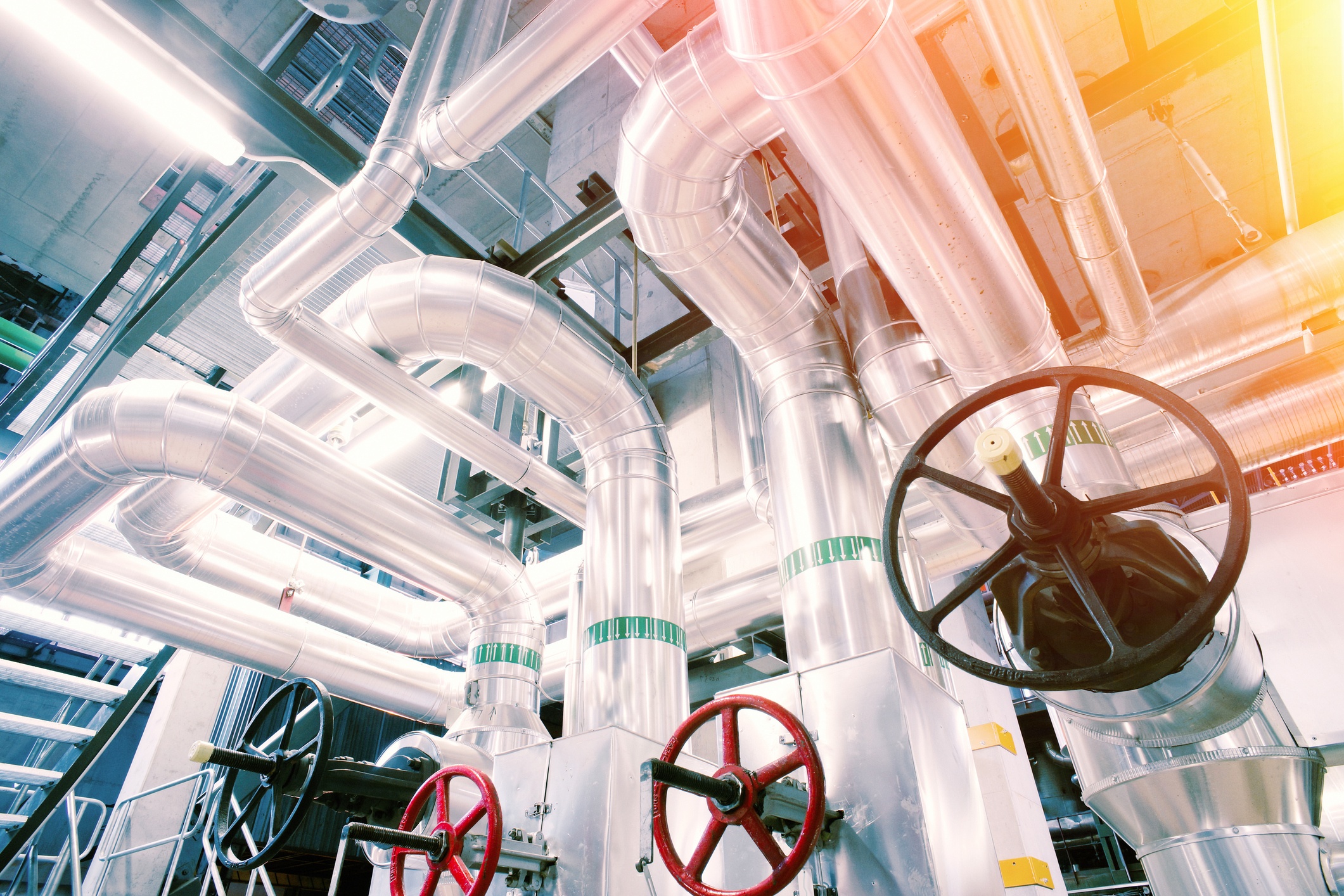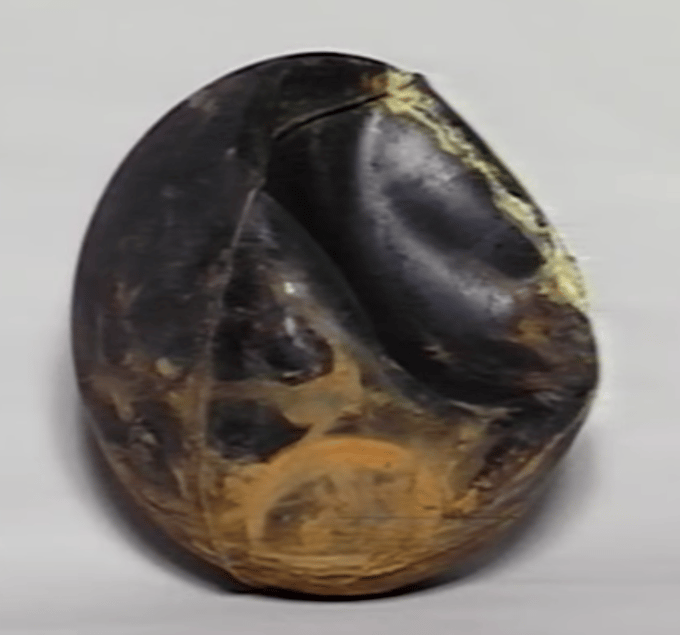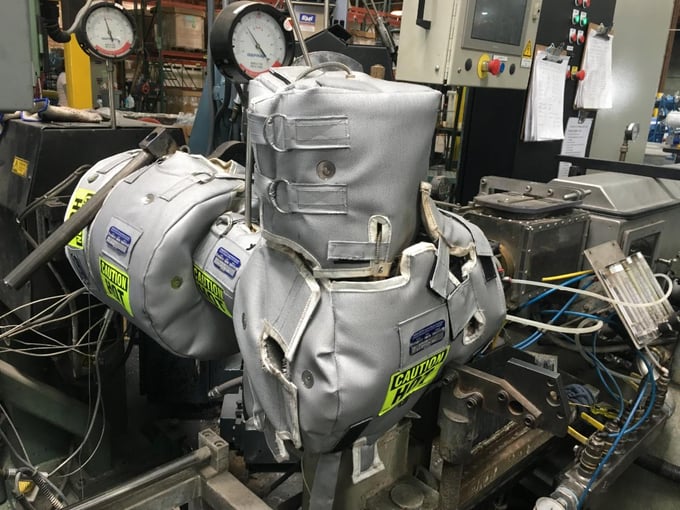Steam Trap Basics

A steam trap is an essential part of a boiler-driven system. The trap serves double duty: It removes air, CO2 and condensate out of the system and it traps steam inside. This makes it different from a simple vent, which may lose some steam as it releases air. Using a steam trap increases the efficiency of your system, thereby saving you money on fuel costs and reducing its impact on the environment.
What Makes Up a Simple, Economical Steam System?
Basic steam systems are economical due to their simplicity and ease of repair. They include a boiler, piping, valves, a heat exchanger and steam traps.
- The boiler produces the heat that creates the steam.
- Piping and valves deliver the steam to its destination and returns condensate to the boiler for reheating.
- The heat exchanger transfers the heat from the steam to where it needs to go to perform work.
- The steam trap removes unwanted condensate, air, and other gases from the system.
In most cases, there is no need to make a steam system very complex. The system just needs to deliver heat to specific locations. And which type of heat exchanger will be used depends on the intended purpose of that heat. More than one heat exchanger may be used in certain systems.
Requirements of an Effective Steam Trap
In order to be effective at controlling costs and protecting the other components of the system, a steam trap must meet several criteria. It needs to have a long life of dependable service, minimize steam loss, vent air and CO2, work against back pressure, be resistant to corrosion and be free of dirt problems.
One little-known fact is that often steam isn't the only thing that ends up in the delivery pipes. Air, CO2 and condensate can get in or be released from the steam itself. Having these materials in the system can block the steam from getting where it needs to be and greatly reduce efficiency.
Condensate forming too early – in the steam delivery pipes instead of the return system – is also a problem. It can cause the steam to cool prematurely, interfere with valve operation and result in other issues. Therefore, it needs to be removed from this part of the system.
Effective steam traps resolve these issues. They allow for the release of air, CO2, other gases and condensate at specific points along the line. These devices also work to retain steam so that pressure is not lost during their operation.
Avoiding Steam Trap Failure
To keep your steam traps in good working order, the right ones must be used for your system. Maintenance is also required. Dirty, leaking, or plugged traps fail far sooner than they should. A blown trap can cause the loss of 267 pounds of steam in just an hour. Over time, this will cause an average loss of $28,110.82 per year (assuming a cost of $12 per 1,000 lbs.). It is clearly much cheaper to properly maintain your steam traps!
One of the best ways to prevent premature failure is to commit to a steam trap monitoring and maintenance program. Doing this will pay you back both financially and environmentally thanks to the energy savings you'll enjoy.
We offer steam trap surveys that will test your traps, find any failed ones and check to make sure that the right ones are in use in your system. Call us today to schedule this important checkup.






